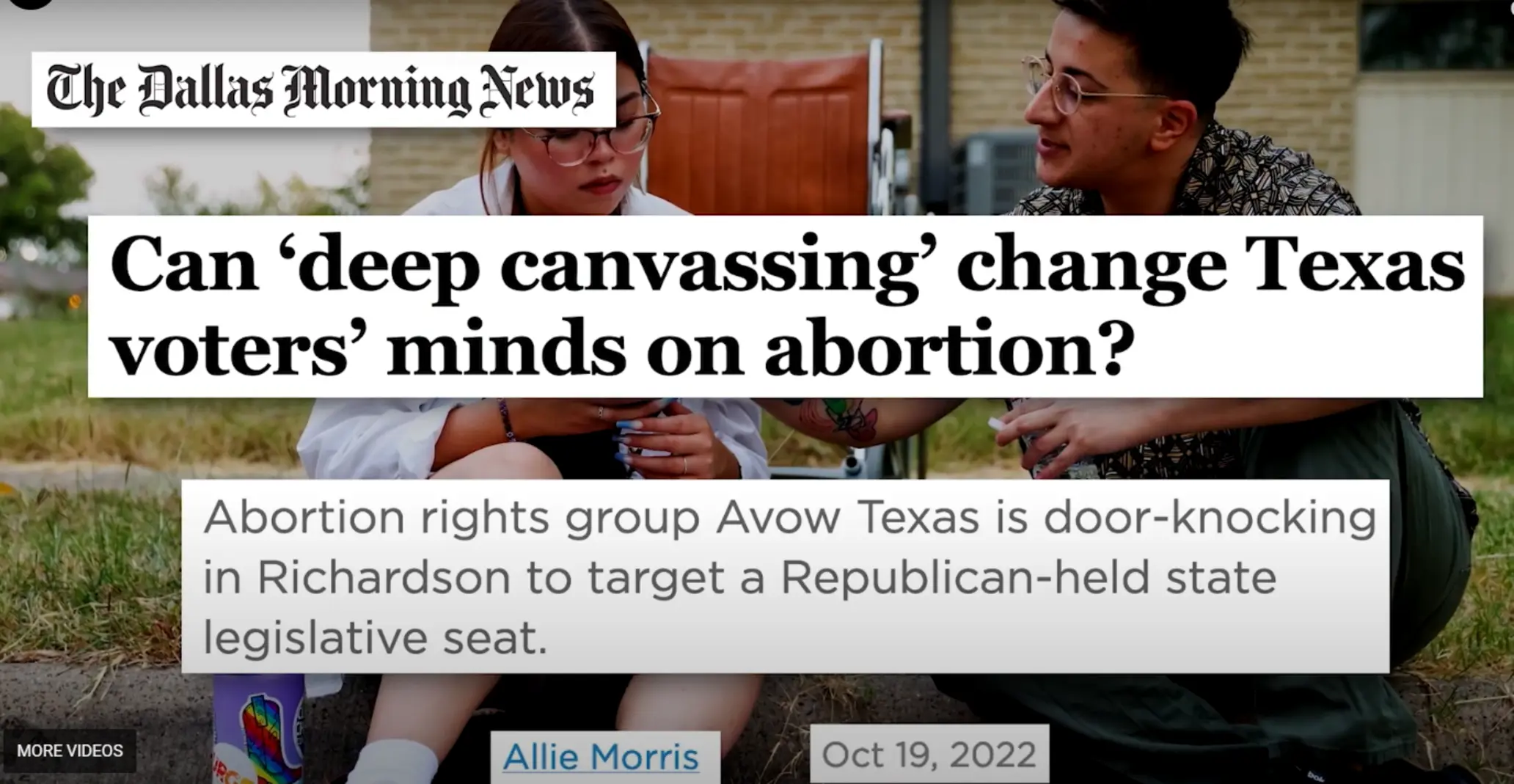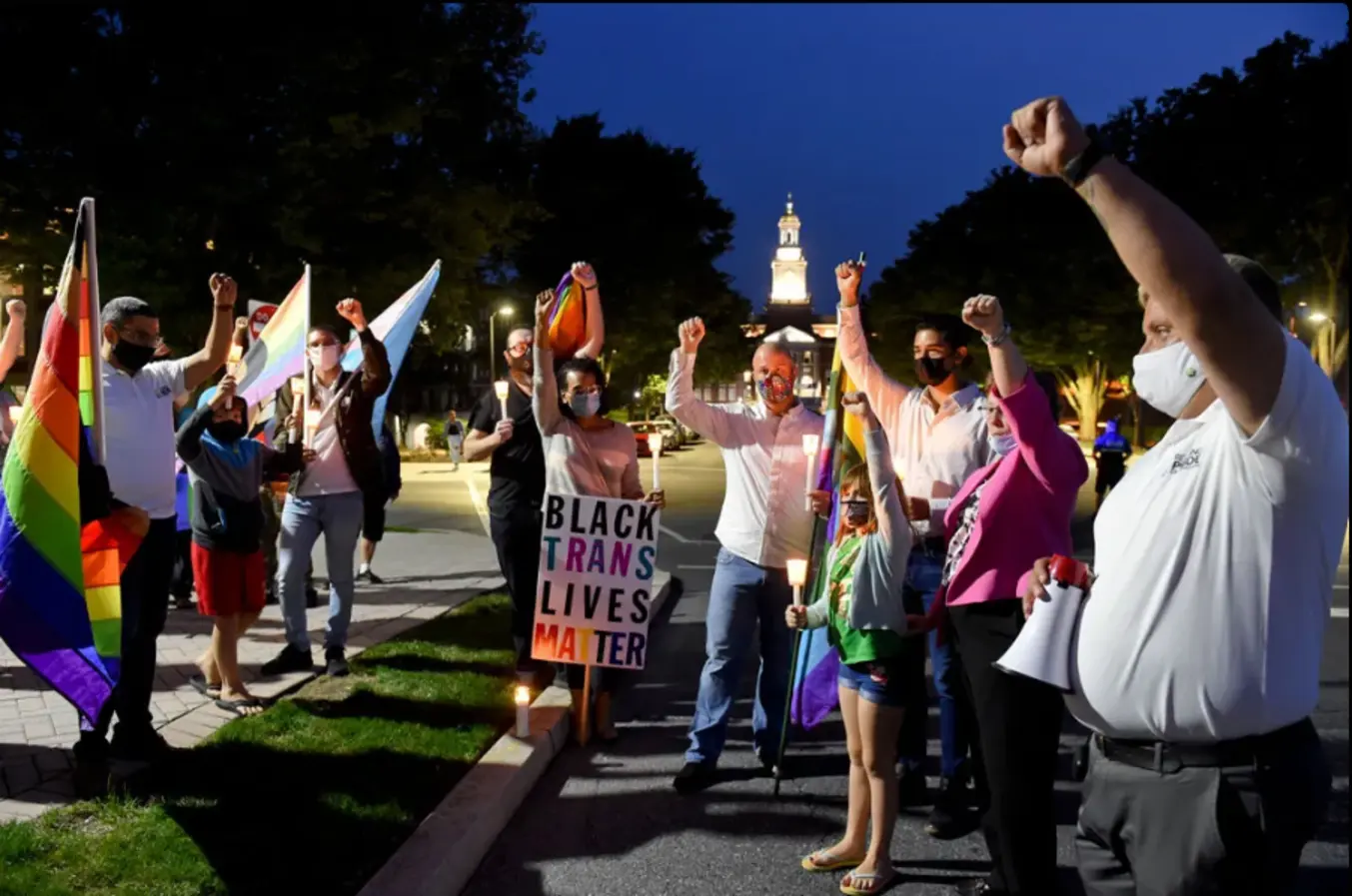Table of Contents
Understanding Abortion: Rights, Access, and Global Perspectives
Overview
Abortion remains a highly debated issue worldwide, intertwined with human rights, health care, and social justice. Access to safe and legal abortion is recognized as a fundamental human right, yet many individuals face significant barriers in exercising this right. This overview explores the various aspects of abortion, including its classification as a human rights issue, the impact of restrictive laws, and the global landscape of abortion access.
Abortion as a Human Rights Issue
- Bodily Autonomy: Everyone has the right to make decisions about their own bodies, including reproductive choices. Denying access to abortion infringes on rights to privacy, bodily autonomy, and health.
- Public Health Concern: Unsafe abortions are a leading cause of maternal deaths globally. Approximately 13% of maternal deaths are attributed to unsafe abortion practices, highlighting the need for accessible and safe abortion services.
- Reproductive Justice: The concept of reproductive justice emphasizes that access to abortion is not only about individual choice but also about addressing broader social inequalities that affect marginalized communities.


Global Abortion Laws
Abortion laws vary significantly across countries and regions:
- Legal Frameworks: While many countries allow abortion under certain conditions (e.g., to save the woman’s life, in cases of rape or incest), others impose strict limitations or outright bans.
- Trends Toward Liberalization: In recent years, several countries have moved toward liberalizing their abortion laws. For example, Mexico’s Supreme Court ruled that absolute criminalization of abortion is unconstitutional. Conversely, the U.S. has seen a regression in abortion rights following the overturning of Roe v. Wade in 2022.
Barriers to Access
Despite legal allowances for abortion in many places, individuals often face obstacles:
- Stigma and Discrimination: Societal stigma surrounding abortion can deter individuals from seeking care or lead to discrimination within healthcare systems.
- Economic and Geographic Barriers: In many regions, especially in low-income areas, individuals may lack access to safe abortion services due to financial constraints or distance from healthcare facilities.
- Legal Restrictions: Laws requiring waiting periods, mandatory counselling, or parental consent can further complicate access to safe abortions for young people and marginalized groups.
How does the concept of reproductive justice differ from traditional abortion rights






Focus and Scope
- Reproductive Rights: This framework emphasizes individual legal rights regarding reproduction, particularly the right to access abortion and contraception. It centers on the notion of “choice,” advocating for the legal ability to make decisions about one’s reproductive health without state interference. The traditional narrative often revolves around the legal battles for access to abortion services and the protection of these rights under laws like Roe v. Wade.
- Reproductive Justice: In contrast, reproductive justice expands the conversation beyond mere legal rights to include the social and economic conditions that affect individuals’ ability to make informed reproductive choices. It was developed by women of color in response to the limitations of the reproductive rights framework, which they felt did not adequately address issues of race, class, and systemic oppression. Reproductive justice advocates for the right to have a child, not have a child, and parent children in safe and supportive environments.
Intersectionality
- Reproductive Rights: This approach often fails to account for how intersecting identities—such as race, socioeconomic status, and immigration status—impact individuals’ access to reproductive healthcare. The focus is primarily on achieving legal protections for all individuals regardless of their background.
- Reproductive Justice: This framework explicitly recognizes that marginalized communities face unique barriers that restrict their reproductive autonomy. It seeks to address these inequalities by advocating for comprehensive healthcare access, including abortion services, contraception, maternal health care, and support for parenting. Reproductive justice emphasizes that true reproductive freedom cannot be achieved without addressing systemic injustices related to race, class, gender identity, and other factors.
Holistic Approach
- Reproductive Rights: The traditional framework tends to prioritize legal battles over broader social issues. While it addresses access to abortion as a critical component of reproductive health, it often overlooks related issues such as economic stability, healthcare availability, and social support systems.
- Reproductive Justice: This approach promotes a holistic understanding of reproductive health that encompasses physical, mental, spiritual, and economic well-being. It advocates for policies that ensure all individuals can make informed decisions about their reproductive lives without facing discrimination or coercion.
How does reproductive justice address the needs of marginalized communities
Reproductive justice addresses the needs of marginalized communities in several key ways:
Centering the Experiences of the Most Marginalized
- The reproductive justice framework was developed by women of color to explicitly center the needs and experiences of the most marginalized groups, such as women of color, low-income women, LGBTQ+ individuals, disabled people, immigrants, and incarcerated people.
- By placing the concerns of the most oppressed at the forefront, reproductive justice seeks to ensure that all people can exercise their human rights to bodily autonomy, have children, not have children, and parent children in safe environments.
Intersectional Analysis of Oppression
- Reproductive justice uses an intersectional lens to examine how multiple, intersecting systems of oppression based on race, class, gender, sexuality, disability, immigration status, and other factors limit the reproductive choices and outcomes of marginalized communities.
- This analysis highlights how marginalized groups face unique barriers in accessing reproductive healthcare and exercising reproductive autonomy due to the compounding effects of discrimination and social inequities.
Addressing Legacies of Reproductive Oppression
- The reproductive justice movement acknowledges the long histories of reproductive oppression faced by marginalized communities, such as forced sterilization, coerced contraception, and denial of reproductive healthcare.
- It seeks to address these legacies by advocating for reparations, improved access to reproductive services, and the dismantling of oppressive systems that perpetuate reproductive exploitation and abuse.



Expanding the Scope of Reproductive Rights
- While traditional reproductive rights movements have focused narrowly on abortion access, reproductive justice broadens the scope to include a wide range of reproductive health issues and social determinants of health.
- This includes access to contraception, maternal healthcare, STI prevention and treatment, comprehensive sex education, living wages, safe housing, and freedom from violence and abuse.
Centering Community Needs and Leadership
- Reproductive justice emphasizes the importance of community-based solutions that are responsive to the specific needs and cultural contexts of marginalized groups.
- It supports the leadership and self-determination of marginalized communities in designing and implementing reproductive health programs and policies.
By centering the experiences of the most marginalized, using an intersectional analysis, addressing historical harms, expanding the scope of reproductive rights, and supporting community-led solutions, the reproductive justice framework aims to create a more equitable and just society where all people can exercise their human rights to reproductive health and autonomy.

How does reproductive justice address the needs of LGBTQ+ individuals?
Reproductive justice addresses the needs of LGBTQ+ individuals by recognizing and advocating for their unique reproductive healthcare requirements and ensuring equitable access to services. Here are the key ways in which reproductive justice supports the LGBTQ+ community:
Combating Discrimination in Health Care
- Reproductive justice seeks to address systemic discrimination that LGBTQ+ individuals face when seeking health care. Many experience bias or lack of understanding from providers regarding their unique health needs, leading to disparities in care.
- Advocates push for training and policies that promote cultural competency among health care providers, ensuring that LGBTQ+ patients receive respectful and affirming care.
Comprehensive Health Care Access
- Reproductive justice emphasizes the right to comprehensive sexual and reproductive health care for all individuals, including LGBTQ+ people. This includes access to contraception, abortion services, assisted reproductive technologies, HIV care, and gender-affirming health services.
- Many LGBTQ+ individuals may require specific reproductive health services, such as fertility preservation for transgender individuals or inclusive family planning resources for same-sex couples.
Recognition of Diverse Identities
- The framework acknowledges that not all LGBTQ+ individuals fit within traditional gender and reproductive norms. For example, transgender men and nonbinary individuals can become pregnant and may need access to pregnancy care and abortion services.
- By centering the experiences of diverse identities, reproductive justice advocates for tailored health care that meets the specific needs of LGBTQ+ individuals, recognizing that their reproductive rights are often overlooked in mainstream discussions.
Intersectionality in Advocacy
- The reproductive justice movement employs an intersectional lens, recognizing how various forms of oppression—such as racism, sexism, and homophobia—intersect to impact LGBTQ+ individuals’ access to reproductive health services.
- This approach highlights the need for advocacy that addresses not only reproductive rights but also broader social issues such as economic inequality, housing stability, and violence against marginalized communities.
Empowerment and Autonomy
- Reproductive justice advocates for the autonomy of LGBTQ+ individuals to make informed decisions about their bodies and reproductive lives without coercion or discrimination. This includes the right to have children, not have children, and parent children in safe environments.
- Empowering LGBTQ+ communities to assert their rights and make choices about their reproductive health is central to the reproductive justice framework.
Conclusion
In summary, while traditional abortion rights focus on legal access to abortion as an individual choice, reproductive justice encompasses a wider range of issues affecting marginalized communities. It advocates for comprehensive solutions that address the systemic barriers limiting individuals’ ability to exercise their reproductive rights fully. By centring the experiences of those most affected by injustice—particularly women of colour—the reproductive justice movement aims to create a more equitable landscape for all individuals regarding their reproductive health choices.
Conclusion
By addressing the specific needs of LGBTQ+ individuals through a lens of equity, inclusion, and intersectionality, reproductive justice promotes a holistic understanding of reproductive rights that encompasses all aspects of health care. It seeks to dismantle barriers that prevent marginalized communities from accessing necessary services while advocating for broader social changes that support their well-being.
